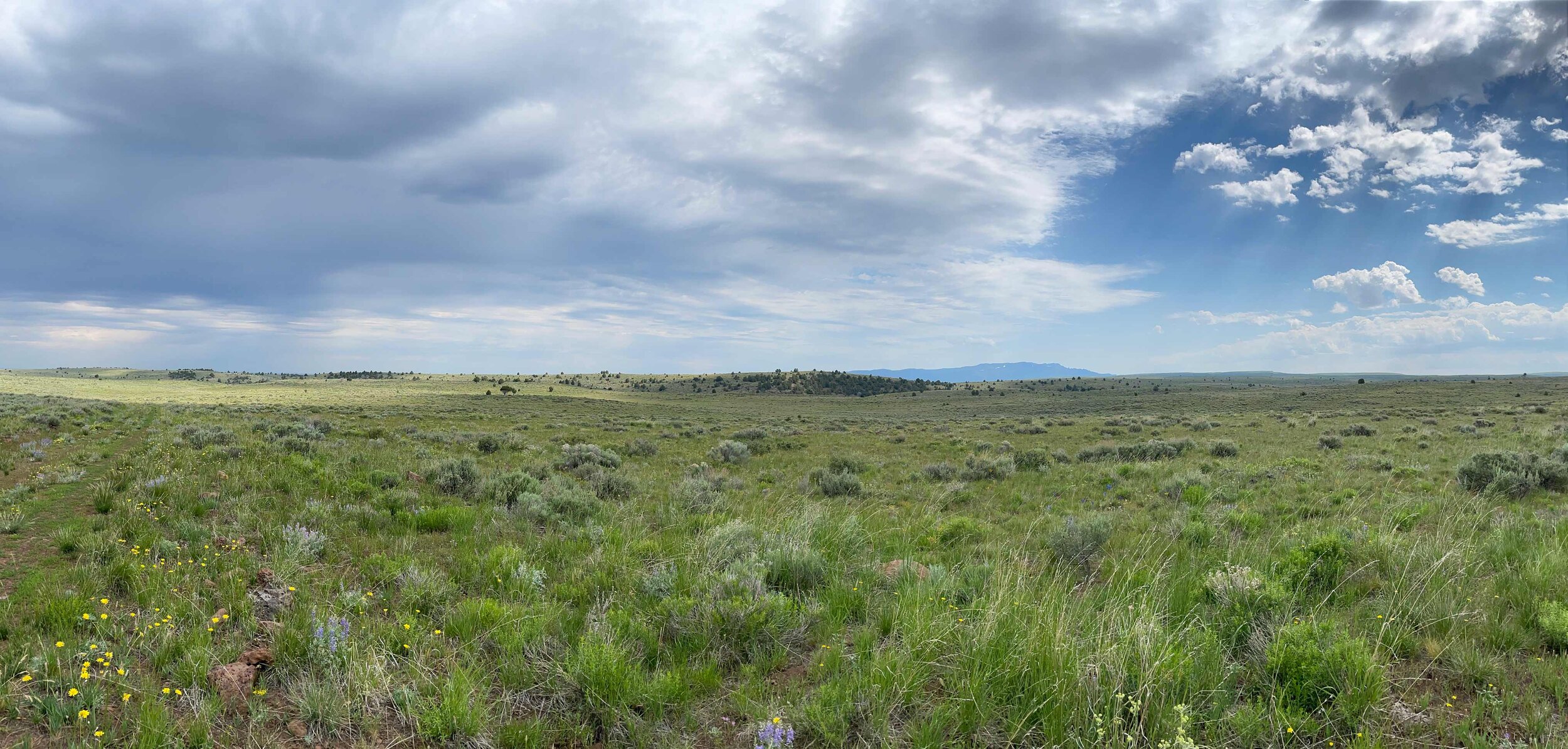Improving habitat health through sustainable ranching
Using Science to Inform Ranchland Management
WildLandscapes has partnered with Roaring Springs Ranch (the Ranch) and High Desert Partnership to implement several scientific studies on the Ranch that will inform sound land management and nature preservation activities and determine the health of the ecosystems and its wildlife populations in the region. The studies will include:
Assessing ungulate survival rates and mortality causes;
Evaluating restoration impacts on riparian biodiversity; and
Quantifying long-term riparian restoration.
Roaring Springs Ranch
Roaring Springs Ranch is one of the largest ranches in the US, expanding over a million acres - 250,628 acres of fee and 752,065 acres of Bureau of Land Management cattle allotments (long-term leases that perpetually run with the ranch). It has a key location connecting Malheur National Wildlife Refuge and Hart Mountain National Antelope Refuge in Oregon, and Sheldon National Wildlife Refuge in Nevada. The Sheldon-Hart-Malheur Collaborative Landscape is 3.5 million acres in size, representing some of the least fragmented, most intact sage-steppe ecosystems in the American West.














These connecting landscapes are critical to a significant greater sage-grouse population, one of the largest pronghorn populations, as a pygmy rabbit stronghold, and provides critical habitat for redband trout. The Ranch is also important for waterfowl, sandhill cranes, mule deer, California bighorn sheep, and mountain lions. Since 1993, the Ranch has implemented its vision of long-term social, economic, and environmental sustainability through holistic management of over a million acres. It expands over a great elevation range that provides high-quality forage for year-round grazing, making it possible to match the livestock production cycle with native plant nutrition.
The Ranch has a strong commitment to pursue long-term sustainability of healthy rangelands and wildlife populations, which can only be achieved through adaptive learning and management strategies. The staff are continuously considering research needs and potential habitat management actions to improve habitats (sagebrush steppe, wetlands and riparian areas) as well as wildlife populations. Future actions will assess large-scale movement patterns and migration routes for mule deer and pronghorn, population estimates and trends of migratory birds that use the wetlands as stopover and breeding habitats, sage-grouse habitat use and responses to management techniques, as well as management of habitats through prescribed fire, juniper removal, control of exotic grasses, and the use of strategic grazing techniques.
Continued sustainable management of the land will be key to preserving the Sheldon-Hart-Malheur landscape in the face of future climate change and growing threats of megafires.



